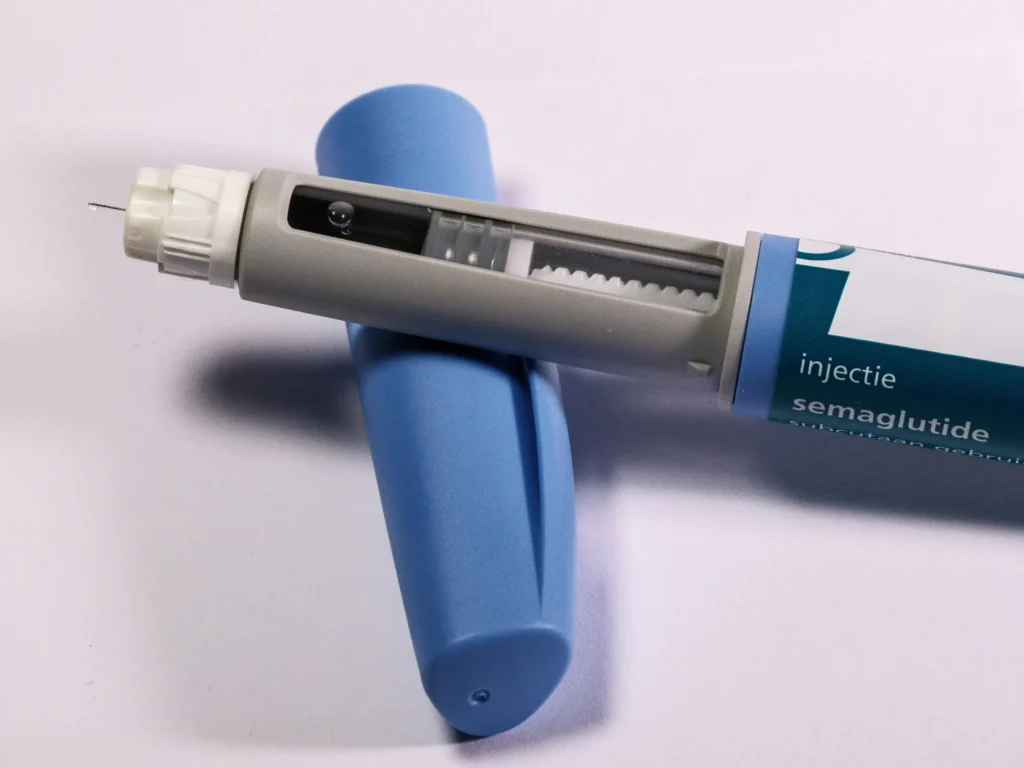GLP-1 receptor agonists —such as semaglutide and liraglutide— have gained worldwide attention for their ability to promote significant weight loss.
However, this success has also brought new challenges for aesthetic medicine: visible facial changes following rapid fat reduction.
As more patients visit clinics after GLP-1 therapy, understanding the aesthetic implications of these medications has become essential for delivering natural, balanced, and safe results.
What Are GLP-1 Medications and How Do They Work?
GLP-1 (Glucagon-Like Peptide-1) drugs mimic a natural intestinal hormone that helps regulate appetite and blood glucose levels.
Originally designed to treat type-2 diabetes, they have become popular for weight management due to their appetite-suppressing effects.
Patients may lose between 10% and 15% of their body weight within a few months.
While beneficial for health, this accelerated fat loss can alter facial structure, creating new aesthetic concerns.
Impact on the Face: The “Ozempic Face”
The expression “Ozempic face” (named after the best-known brand) refers to the loss of facial volume and increased skin laxity that can follow rapid weight loss.
Common signs include:
- Hollow cheeks and temples
- More pronounced nasolabial folds
- Loss of jawline definition
- Sagging skin around the neck and lower face
Although facial aging is multifactorial, weight loss induced by GLP-1 therapy can exaggerate signs of aging prematurely.
How to Address These Changes in Aesthetic Medicine
- Reassess facial diagnosis.
Consider fat redistribution and loss of support before planning any treatment. - Prioritize bio-stimulation techniques.
Collagen stimulators, exosomes, and polynucleotides help restore firmness and skin quality without adding unwanted volume. - Plan strategic fillers.
For significant volume loss, use light hyaluronic acid or poly-L-lactic acid to restore contours while maintaining harmony. - Incorporate non-invasive tightening.
Radiofrequency, HIFU, or collagen induction therapies complement results naturally. - Educate and manage expectations.
Patients should understand that the goal isn’t to “regain fat” but to redefine facial structure with precision and balance.
Risks and Precautions
- Avoid volumizing procedures during active weight-loss phases.
- Ensure medical supervision and weight stabilization.
- Check for nutritional deficiencies affecting skin health (protein, collagen, vitamins).
- Reassess protocols every 2–3 months based on patient progress.
A Growing Opportunity for Professionals
This new scenario represents an opportunity for forward-thinking aesthetic specialists.
By offering tailored solutions for post-GLP-1 patients, you can position yourself as an expert in metabolic-aesthetic adaptation, a niche that will expand significantly in the coming years.
Professional Communication
- Share educational content on your website or social media about the aesthetic effects of rapid weight loss.
- Use scientific yet empathetic language, avoiding sensationalism around “Ozempic face.”
- Reinforce your personal brand as a clinician who understands both medical and aesthetic dimensions.
Why This Trend Matters for Modern Practice
The rising use of GLP-1 drugs is redefining aesthetic priorities. Patients are arriving with new anatomical realities and expectations —and adapting to them will enhance both results and professional credibility.
Those who embrace this shift will lead the evolution toward a more personalized and regenerative aesthetic medicine.
Conclusion
GLP-1 agonists have transformed how patients lose weight—and, consequently, how aesthetic professionals approach facial rejuvenation.
Understanding their effects and applying a balanced, regenerative approach will be key to preserving harmony, natural beauty, and patient well-being.
